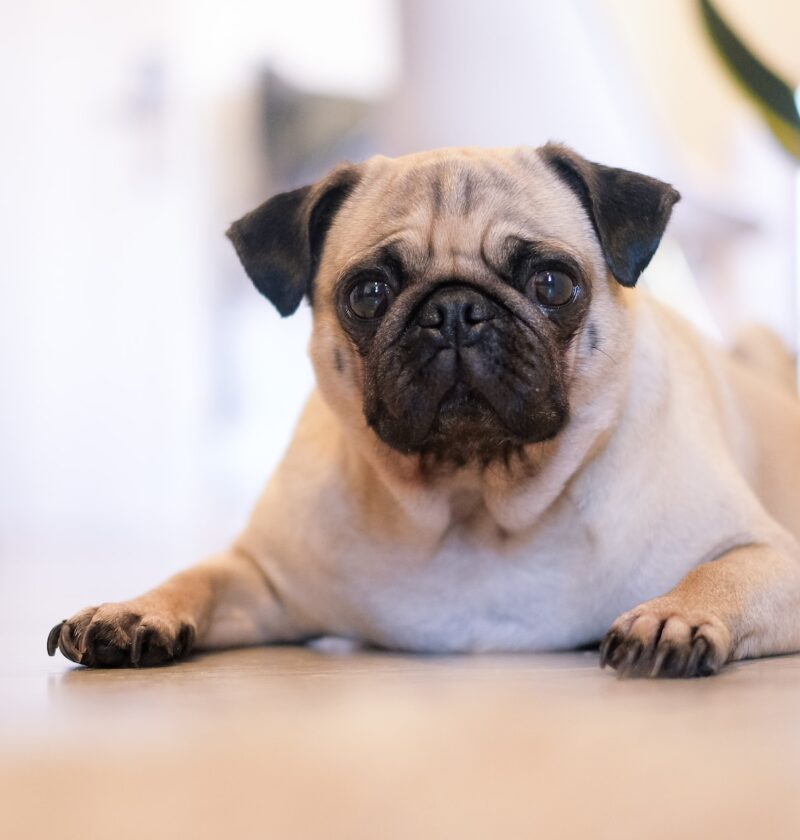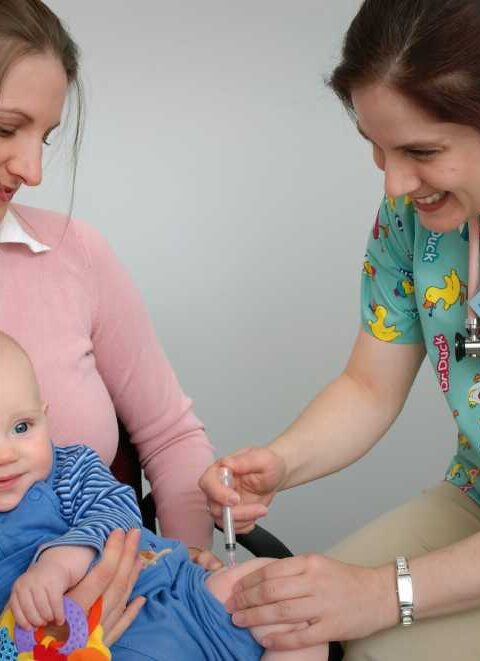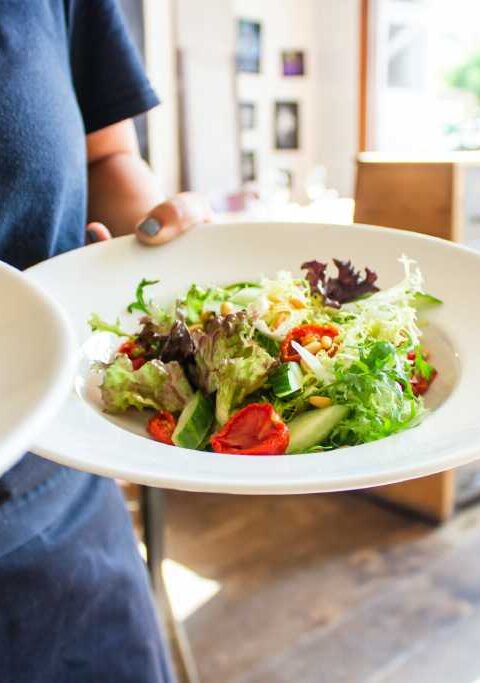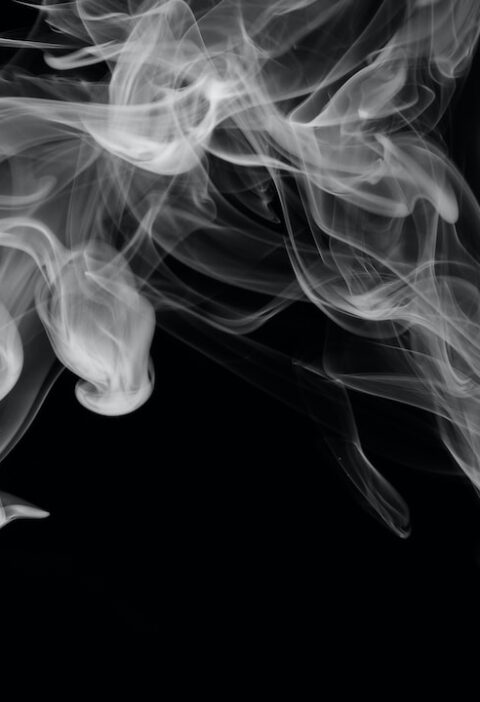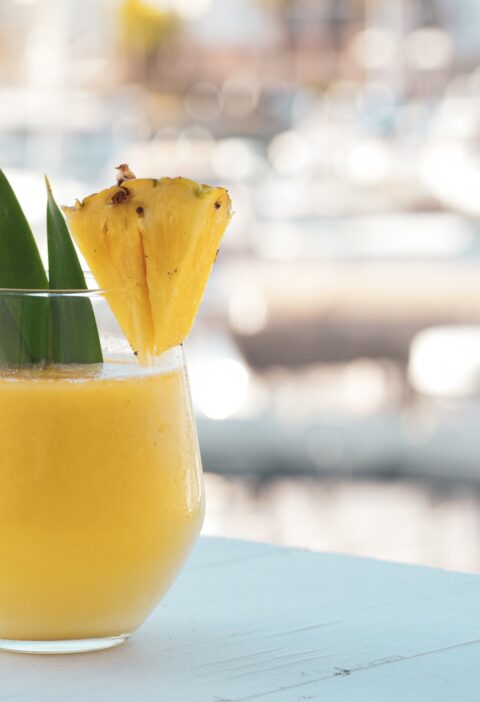If you’re considering becoming the proud owners of a pug, you are probably envisioning plenty of cuddles, kisses, and walkies with your distinctive new pet. However, while pugs are loving, loyal, and undeniably cute looking, with their characteristic flat faces and huge eyes, there’s more to this breed than meets the eye. As a result, taking on a pug can bring you a number of potentially unexpected responsibilities and problems that you may not have been aware of.
Because of the unique challenges that pugs and their owners face, it’s important that you do your homework before purchasing your new pooch, to make sure that a pug really is the right fit for you and your family.
Read on to learn about some of the most important factors any family should take into consideration before they decide to buy or adopt a pug.
They Have Trouble Breathing
Arguably the most pressing problem pugs experience is difficulty breathing, as a result of their distinctive squashed faces – which are, sadly, a result of human interference.
Selective breeding to create a particular ‘desirable’ look has left these plucky little dogs with a propensity to develop potentially debilitating health problems. Because of their flattened faces and short muzzles, pugs have constricted airways, which causes their breathing problems and means you will probably hear them snuffling and snorting before you see them.
In some cases, a pug may even need surgery to correct their facial structure and expand their airways so they can breathe more comfortably. If possible, look for a pug that has a longer-than-average muzzle. If you do buy a pug, you may also wish to forego putting on a collar, as it’s important to restrict their airways as little as possible.
You Need To Watch Their Weight
If you’ve spent any time around pugs then you may have seen what dedicated gourmands they can be. Unfortunately, this fondness for food can cause these portly little dogs to become more roly-poly than is strictly healthy.
As a result, if you’re planning on welcoming a pug into your life, it’s important that you keep an eye on their weight. Don’t be tempted to over-feed them or to give them too many treats, no matter how much they beg. Keeping your pug at a healthy weight, through a combination of diet and gentle exercise, is a vital part of keeping them in good condition.
Their Facial Folds Need Cleaning (Yes, really)
Part of a pug’s appeal lies in their adorable wrinkly faces. However, those cute crinkles can also pose a health hazard to your dog if they are not properly cared for. If you do not clean your pug’s facial folds on a regular basis (ideally, every day), bacteria and yeast can easily build up between them, leading to irritation and infection.
Pay particular attention to the wrinkles around the nose, as bacteria from your pug’s mouth can build up there, making that area particularly prone to infection.
Fortunately, cleaning your pug’s folds is a simple task. You can use a soft cloth, moistened with water, or unscented baby wipes, to gently sponge in between the flaps of skin and remove any dirt or bacteria that has collected there. You must then dry them thoroughly with tissues or an absorbent cloth.
If you find any redness or irritation while cleaning, or if you notice that your pug’s skin feels hot to touch, seek veterinary attention.
A Pug Life Span Is Longer Than Average
Despite their propensity for health problems, pugs can live longer than average. The life expectancy of a pug is between 13 and 15 years, so bear this in mind when you’re choosing your new pooch, as a pug is an even more long-term commitment than other dog breeds, such as Golden Retrievers or German Shepherds.
Part of the reason for the pug’s longevity is its small stature. Smaller dogs, like pugs, terriers and Chihuahuas, tend to live longer than bigger dogs.
That being said, pugs still don’t live as long as some of their compatriots, such as miniature poodles, which can reach the grand old age of 18. This is probably due to the pug’s unfortunate genetics, which make it so prone to various health conditions.
They Like To Be Close To You
One of the best things about pugs is their loving, loyal and affectionate nature. Pugs will happily stay by your side all day, every day. However, this tendency to become your four-footed shadow has a downside. Pugs can suffer from separation anxiety, a common canine behavioral disorder that prompts feelings of loneliness, fear, and sometimes even panic.
These negative emotions can, in their turn, lead to behaviors such as whining, barking, destructive tendencies, and maybe even urination or defecation – despite being ‘potty trained’.
Because pugs are so sociable, it’s recommended that you leave your dog alone at home for no more than 4 hours – 6 at the very most. When you do have to leave them, there are also some tips and tricks you can try to help them feel more at ease; from buying some new interactive toys, to creating a doggy ‘safe zone’ in a particular part of your home.
Using these methods can help your pug to feel more secure being on their own and will hopefully help to manage or even eliminate their separation anxiety over time. However, if they are really struggling, you may want to consider bringing home another canine buddy to keep them company.
They Can’t Cope With Too Much Exercise
Because of their breathing difficulties, pugs don’t need as much exercise as other breeds, as they can easily become exhausted and overheated. This is partly due to the fact that they struggle to get enough oxygen because of their flattened faces. Between 30 minutes and an hour a day will be plenty of exercise for your pug; however, it doesn’t have to be all in one go.
Taking your pug on two or three shorter walks will prevent them from getting too tired while still providing them with the stimulation they need. However, if it’s very hot, you should avoid exercising your pug. Wait until temperatures have cooled to a comfortable level, to minimize the risk of heatstroke, which pugs are more prone to than other dogs.
Although pugs can’t handle too much exercise due to their physical limitations, it’s still important to keep them stimulated, with the help of toys, play, and cuddles. If you have young children, pugs will love rolling around on the floor with your little ones; just take care to keep an eye on them, as overly boisterous playtime could result in your dog getting injured. Pugs also tend to get on well with other animals and will probably enjoy playing with your other dogs or cats if you have any.
In Conclusion
As you can see, owning a pug is not as straightforward as owning other breeds, as they come with their fair share of health problems.
However, if you have done your research and you feel like your family can cope with the responsibilities involved in caring for a pug – including the potentially significant financial aspect – then you will find yourself blessed with an undeniably joyous, affectionate, and loyal new family member that will bring you love and laughter for years to come.

